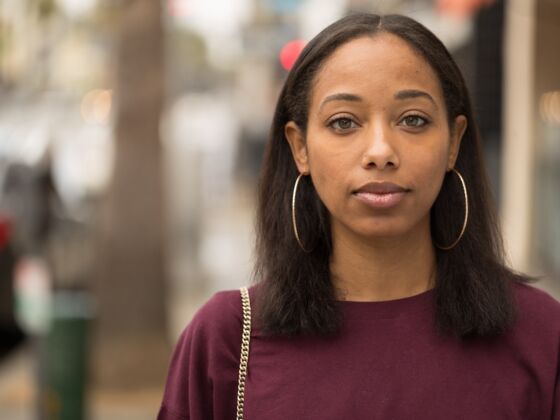IT WAS PATTI SMITH who said, in a talk at Cooper Union in 2010, that “New York has closed itself off to the young and the struggling.” Smith wrote in her memoir, Just Kids, about coming to New York as a “down and out” young woman, scraping by in a cheap apartment, creating a community of artists, and even at times paying rent with artwork.
But New York City has long since priced itself out of this lifestyle, with rent in Manhattan averaging $3,822 and in Brooklyn (the “less expensive” option) $3,035 per month. This means living in Brooklyn costs, on average, over $36,000 a year — higher than the salary of your average “young creative.” Our salary increases certainly have not kept pace with the cost of living.
